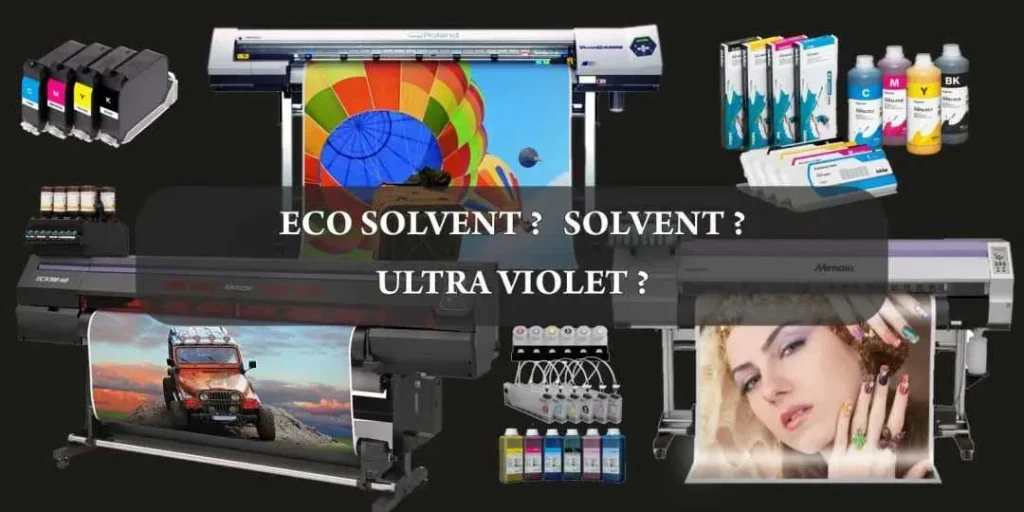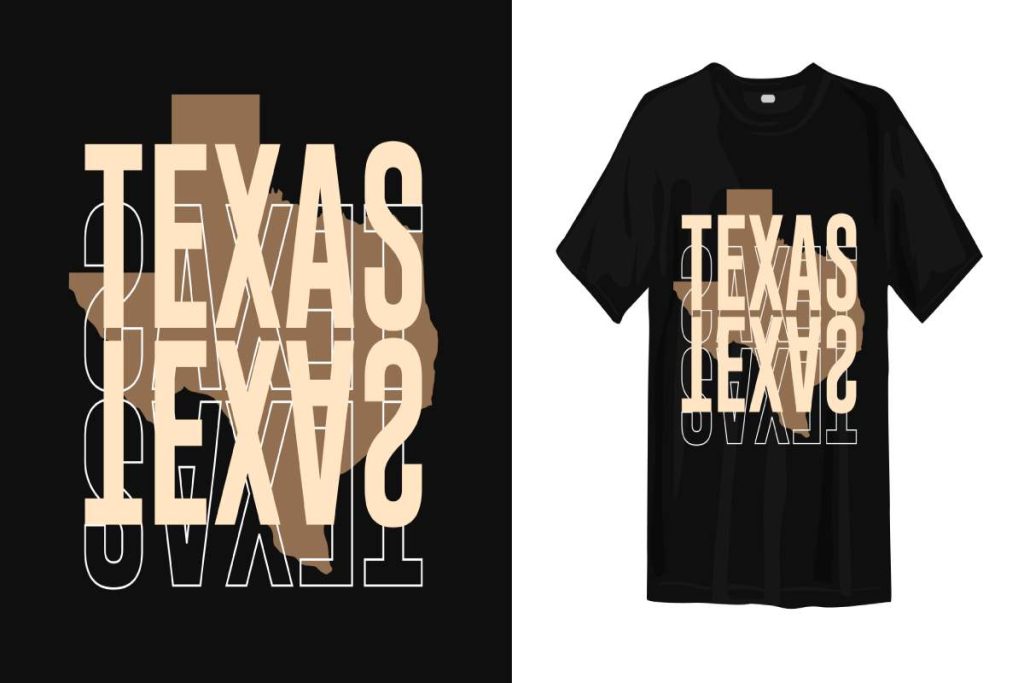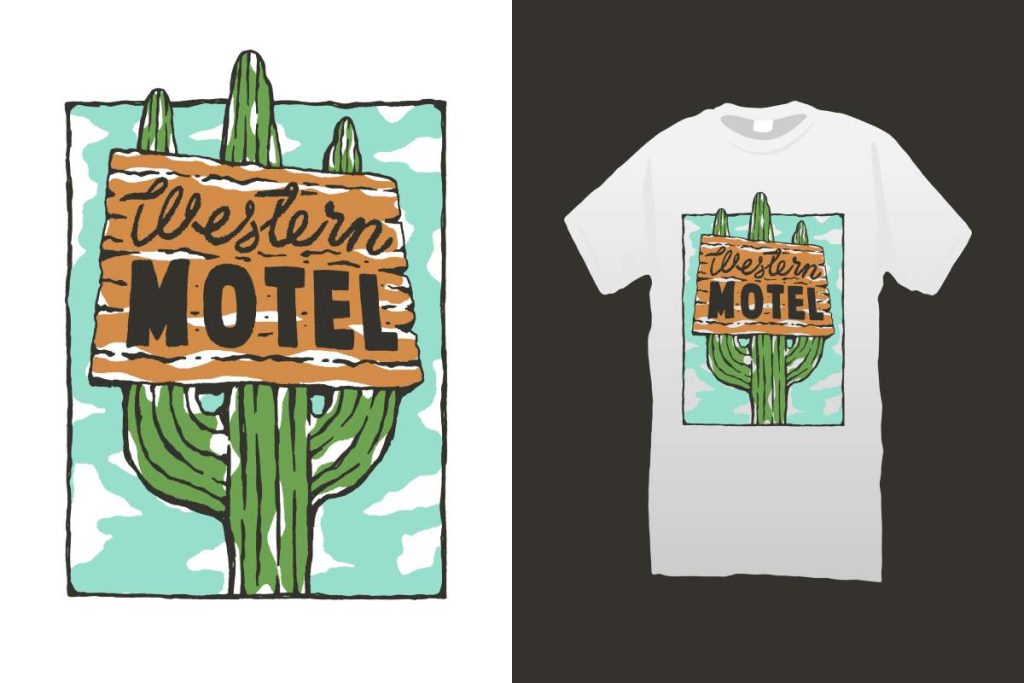When it comes to choosing between UV DTF vs Eco-Solvent, businesses are often tasked with making a crucial decision in the world of digital printing. Both UV Direct to Film (DTF) and Eco-Solvent printing represent advanced printing technology, each offering distinct advantages and limitations. UV printing technology boasts vibrant colors and remarkable durability, making it ideal for intricate designs. In contrast, Eco-Solvent printing is celebrated for its lower environmental impact and flexibility in various applications. This printing methods comparison delves into print quality and durability, helping companies make informed choices that meet their sustainability goals.
In exploring the realm of printing techniques, the discussion often narrows down to two prominent methods: UV Direct to Film and Eco-Solvent. These innovative printing solutions have surged in popularity, offering unique benefits for diverse applications. UV DTF harnesses powerful ultraviolet light to cure ink, producing brilliantly colored prints that stand the test of time. On the other hand, Eco-Solvent printing provides an eco-conscious alternative, utilizing solvent-based inks that emit fewer volatile compounds. By examining these methodologies side by side, businesses can better navigate the complexities of modern printing technologies to align with their operational needs.
Comparative Analysis of Print Quality
Print quality is a critical factor that influences the decision-making process for businesses when choosing between UV DTF and Eco-Solvent printing methods. **UV DTF printing technology** showcases remarkable color saturation and detail, making it ideal for high-resolution images and complex designs. Its ability to cure instantly without smudging allows for sharp lines and vivid contrasts, perfect for marketing materials, promotional graphics, and custom apparel. Additionally, prints made using UV DTF retain their visual integrity over time, resisting fading and wear, which is essential for products designed for long-term usage.
In contrast, Eco-Solvent printing, while perhaps not as striking in its color vibrancy, offers a degree of flexibility that is unmatched. This printing method delivers sufficient quality for a vast range of applications, particularly in environments where materials are subject to movement or varying weather conditions. The durability of Eco-Solvent prints makes them well-suited for outdoor signage and vehicle wraps, where resilience against elements like UV exposure and moisture is necessary. Ultimately, the choice of printing method should align with the desired application and visual expectations.
Durability in Diverse Applications
Durability is a strong point of differentiation between UV DTF and Eco-Solvent printing, affecting how these prints perform in various contexts. **UV DTF prints** are renowned for their robustness, able to withstand abrasions and fading due to their advanced ink technology that bonds tightly to the substrate. This makes UV DTF an excellent choice for promotional items and custom products, where long-lasting color and clarity are paramount for maintaining brand image.
On the other hand, **Eco-Solvent prints** excel in applications requiring a degree of flexural strength. Their inks are designed to adhere well even to curved surfaces, making them the go-to solution for vehicle wraps and displays that need to bend or stretch without cracking. Although Eco-Solvent prints might not offer the same level of vibrancy as UV DTF, their enduring physical properties make them an excellent choice for projects that demand both durability and flexibility.
Environmental Considerations of Printing Technologies
Environmental sustainability is increasingly important for businesses prioritizing eco-friendly practices. **UV DTF printing** has been recognized for its quick curing time, which reduces energy consumption during the printing process. However, it’s essential to consider the potential health implications associated with some UV inks, which can release harmful chemicals if not properly managed. Consequently, printers must implement stringent safety protocols to ensure a healthy working environment.
In contrast, **Eco-Solvent printing** leverages a more environmentally conscious approach by utilizing inks that emit lower levels of volatile organic compounds (VOCs). This not only offers a safer working atmosphere but also aligns with the growing customer demand for sustainable printing options. Brands that utilize Eco-Solvent technology can reduce their environmental footprint while still achieving high-quality output, making this method appealing for companies committed to sustainability.
Cost Implications When Choosing a Printing Method
An analysis of cost is vital when deciding between **UV DTF** and **Eco-Solvent** printing methods. Although the initial investment for UV DTF printers can be steep, the ability to produce high-quality prints rapidly and with minimal waste can lead to substantial long-term savings. The quick turnaround time associated with UV DTF also allows businesses to take on more projects, maximizing profits over time.
Conversely, while **Eco-Solvent printers** come with lower upfront costs, they may incur higher labor expenses due to slower printing speeds compared to UV DTF. This can impact overall efficiency if a rapid output is needed for high-demand projects. Careful consideration of both initial costs and operational expenses is crucial to making the best financial decision for a printing business.
Market Trends in Digital Printing Technologies
Keeping abreast of market trends surrounding printing technologies is essential for businesses aiming to stay competitive. Over the past few years, **UV DTF printing** has gained momentum due to its versatility and high-quality output. It’s increasingly being adopted across multiple sectors, from apparel to marketing materials, as companies seek to expand their service offerings with exceptional, detailed prints.
Meanwhile, the **Eco-Solvent printing market** is thriving, especially as enterprises align with consumer expectations related to sustainability. The demand for eco-friendly products has led brands to consider Eco-Solvent printing for their marketing and branding needs. This makes understanding market dynamics fundamental for business owners planning their printing strategies to cater to evolving customer preferences.
Making the Right Choice for Your Printing Needs
Ultimately, the decision between **UV DTF** and **Eco-Solvent** printing methods should be informed by specific business needs and priorities. For companies focused on producing high-resolution, vivid graphics for indoor applications, UV DTF remains the frontrunner. The capability to deliver exceptional visual quality and durability makes it ideal for applications where brand presentation plays a pivotal role.
On the other hand, businesses that prioritize flexibility, sustainability, and outdoor applications may find that **Eco-Solvent printing** fits their needs more closely. While both methods can produce quality prints, understanding individual requirements—whether for aesthetics, functionality, or environmental impact—will lead to a more strategic choice and ultimately enhance business outcomes.
Frequently Asked Questions
What is the primary difference between UV DTF and Eco-Solvent printing methods?
The primary difference lies in their technology: UV Direct to Film (DTF) uses ultraviolet light to cure ink instantly, producing vibrant, durable prints, while Eco-Solvent uses solvent-based inks with lower VOC emissions, focusing on eco-friendly outputs and flexibility.
Which printing method offers superior print quality: UV DTF or Eco-Solvent?
UV DTF printing typically offers superior print quality with vibrant colors and high detail, making it ideal for intricate designs. In contrast, Eco-Solvent prints, while durable, may not achieve the same vibrancy but excel in flexibility for applications like vehicle wraps.
How do UV DTF and Eco-Solvent printing compare in terms of durability?
UV DTF prints are known for their high durability, resisting fading and scratching, suitable for indoor use. Eco-Solvent prints, although slightly less vibrant, provide excellent outdoor durability, making them ideal for signage that endures environmental factors.
What are the environmental implications of using UV DTF versus Eco-Solvent printing?
While UV DTF technology conserves energy with its quick curing process, it can involve harmful chemicals in the inks. Eco-Solvent printing is generally regarded as more sustainable, emitting lower VOCs, making it safer for both operators and the environment.
What factors should businesses consider regarding cost when choosing between UV DTF and Eco-Solvent printing?
Businesses should consider the higher initial investment for UV DTF printers against their faster production speeds and lower operational costs. Eco-Solvent printers are typically less expensive upfront, but their slower speed can increase labor costs in high-turnaround scenarios.
Which printing method is more aligned with sustainability goals: UV DTF or Eco-Solvent?
Eco-Solvent printing is more aligned with sustainability goals due to its lower VOC emissions and eco-friendly practices. Companies aiming to reduce their environmental footprint often prefer Eco-Solvent over UV DTF, which, while efficient, may have health concerns associated with its chemical use.
| Key Aspects | UV DTF Printing | Eco-Solvent Printing |
|---|---|---|
| Quality and Durability | High vibrancy and detail, very durable, resists fading and scratching. | Good durability, flexible, suited for outdoor use, lifespan enhanced against environmental factors. |
| Environmental Impact | Quick curing saves energy, potential health risks from harmful chemicals in inks. | Lower VOC emissions, considered a greener option, better for operator safety and sustainability goals. |
| Cost Analysis | Higher initial investment but faster turnaround and lower operational costs long-term. | Lower material costs, potential for higher labor costs due to slower operational speed. |
| Market Trends | Gaining traction for versatility and quick curing times, widely adopted across sectors. | Appealing for sustainability-focused businesses, integrating eco-friendly practices in printing. |
Summary
When examining the differences between UV DTF vs Eco-Solvent, it’s clear that the choice between these two printing methods depends largely on specific business needs. UV DTF offers superior quality and vibrant prints, making it perfect for indoor applications, while Eco-Solvent prioritizes flexibility and environmental safety, appealing to businesses focused on sustainability. Each method has unique advantages that should be considered carefully, including quality, durability, cost, and market trends. As digital printing continues to evolve, understanding these factors will empower businesses to make the best printing decisions.



